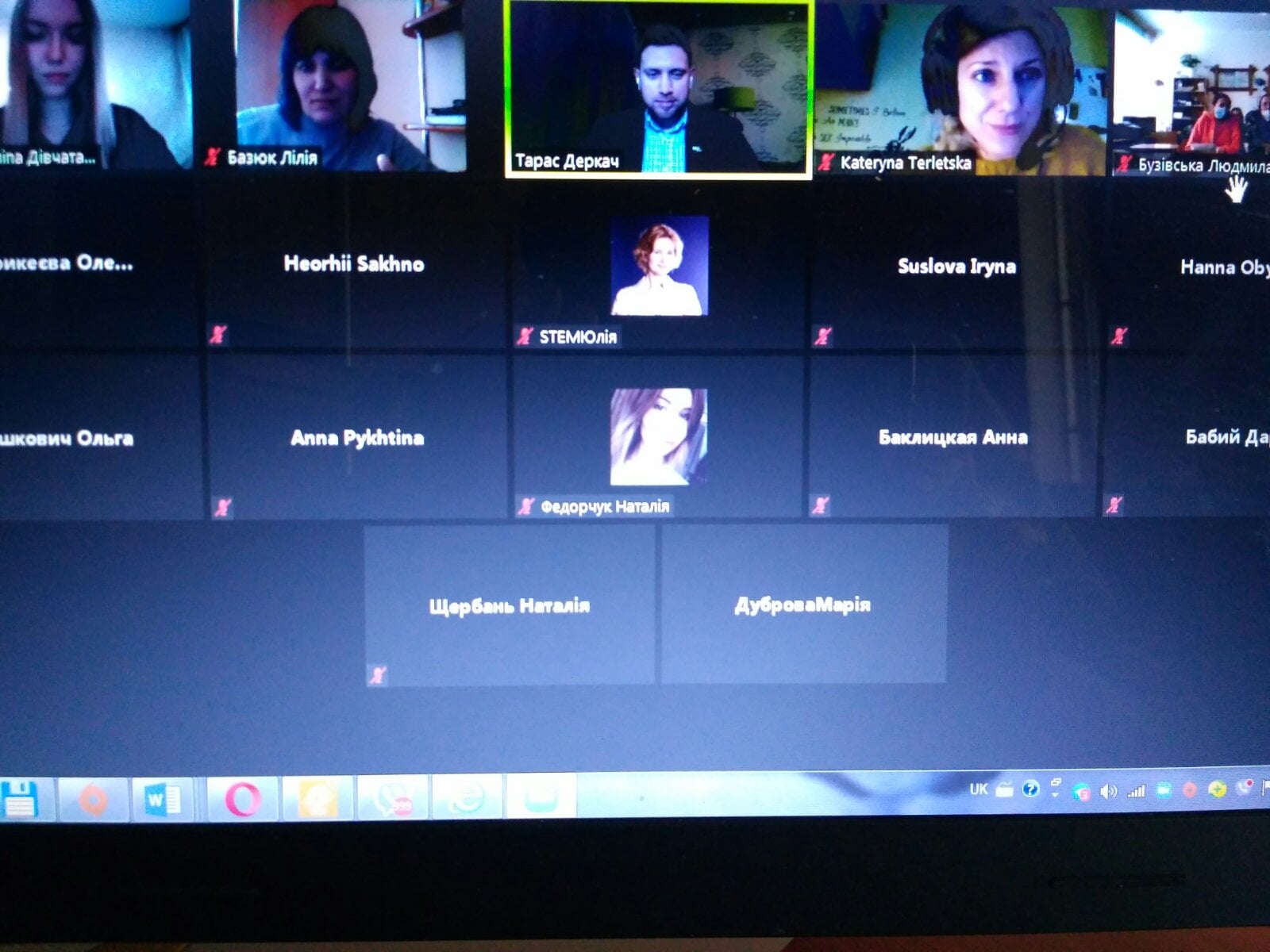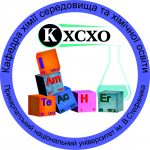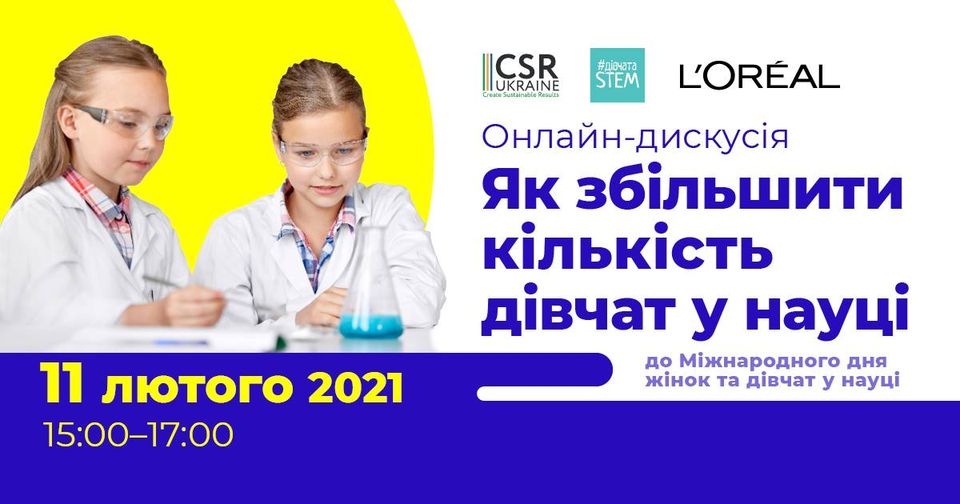For the International Day of Girls and Women in Science – February 11 – STEM girls of our department and scientists took part in an online discussion: “How to increase the number of girls in science”! Liliya Bazyuk, Associate Professor of the Department of Environmental Chemistry and Chemical Education, Stefanyk Precarpathian National University, took part in the discussion as a speaker on where gender stereotypes and prejudices towards science begin and how to identify and overcome them; how not to lose interest in science at school and university; how to reveal the scientific potential of girls and women in Ukraine. Finally, recommendations: “How to achieve qualitative changes in the process of involving women and girls in science to reduce gender imbalance in science and the reasons for its occurrence.” Interesting format, interesting meeting…. We thank the organizers of STEM Girls, moderator Taras Derkach for the opportunity to participate in the discussion of such a topical issue.We sincerely congratulate all the participants and all the girls and women of the Scientists on their professional holiday. We wish you creative inspiration, fruitful work, new ideas and projects, success in their implementation!



This holiday is “established to achieve full and equal access for women and girls to science, as well as to ensure gender equality and the empowerment of women and girls,” as stated in the resolution of the 70th session of the UN General Assembly of 22 December 2015 .
According to UNESCO in 2016, it turned out that only 28% of scientists are women, and only 11% of women hold senior positions in scientific institutions in Europe. And if we talk about Nobel laureates in the history of the award, then women among them only 3%.
Our goal is to discuss ways to achieve qualitative change in the process of involving women and girls in science in order to reduce the gender imbalance in science and the reasons for its occurrence.
According to UNESCO in 2016, it turned out that only 28% of scientists are women, and only 11% of women hold senior positions in scientific institutions in Europe. And if we talk about Nobel laureates in the history of the award, then women among them only 3%.
Our goal is to discuss ways to achieve qualitative change in the process of involving women and girls in science in order to reduce the gender imbalance in science and the reasons for its occurrence.
Among the issues discussed:
– where gender stereotypes and prejudices in relation to science begin – how to identify and overcome them;
– school-university – how not to lose interest in science;
– opportunities to reveal the scientific potential of girls and women in Ukraine.
Broadcast link
– where gender stereotypes and prejudices in relation to science begin – how to identify and overcome them;
– school-university – how not to lose interest in science;
– opportunities to reveal the scientific potential of girls and women in Ukraine.
Broadcast link
Organizers: CSR Development Center, STEM Girls Initiative, L’Oreal Ukraine.
Invited guests: National Academy of Sciences of Ukraine, Science Museum of the National Academy of Sciences of Ukraine, IMZO, STEM Girls branches
Format: online round table with live broadcast (YouTube / Facebook)
The most interesting event will be for girls aged 14-23 who are interested in STEM or studying in STEM specialties, and scientists aged 23-40.
Invited guests: National Academy of Sciences of Ukraine, Science Museum of the National Academy of Sciences of Ukraine, IMZO, STEM Girls branches
Format: online round table with live broadcast (YouTube / Facebook)
The most interesting event will be for girls aged 14-23 who are interested in STEM or studying in STEM specialties, and scientists aged 23-40.

